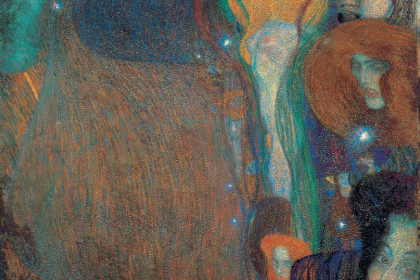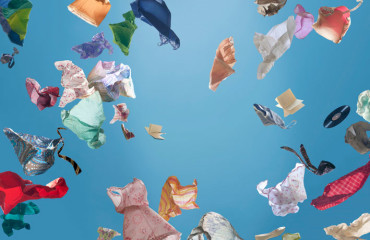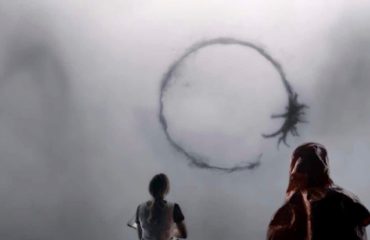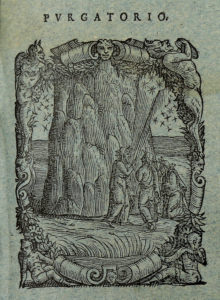
Masterpieces from the “golden age”? Do not look for them at the exhibition at Palazzo Reale in Milan: «Klimt, origins of a myth» exhibits – among others – twenty works by the artist from Belvedere Museum in Vienna, but few of these are known to the general public.
The first room is full of promises, both for the beauty of the copper plates embossed by Georg Klimt (the Nymph and Satyr, or Demeter adorned with stained glass) and for the chronological approach: news and photographs about Gustav Klimt’s life and training – began at thirteen years at the State School of Arts and Crafts, where he learned to handle techniques and decorative motifs – introduce us to the world of the artist.
Then we go to the room dedicated to the “Company of Artists“, a company sharing workshops and commissions established in 1881 by Gustav and Ernst Klimt along with Franz Matsch; the group worked for theaters in Bucharest, Karlsbad, Fiume, Reichenberg, and disbanded in 1892 with the early death of Ernst. The strength of the members of the Society was in having similar painting styles – characteristics that made them almost interchangeable and capable of meeting many demands. But here, in the air begins to vibrate the notes of the Ninth Symphony: we arrive at the Secession, with a true copy of the actual size of the Beethoven Frieze (1902), accompanied by a recent model of the Beethovenaustellung in Vienna. Then we meet the superb Judith II (or Salomé) of 1909 – we are at the end of the “golden age” – then, with a chronological step back, here comes the time that marks the birth of Klimt’s personal style, the panels for the Aula Magna of the University of Vienna, started in 1899. It was a scandal: definitely “the suffering humanity in the cosmic void” was not the positive message that the university expected by the artist.
The exhibition continues organized in thematic rooms: landscapes, clearly inspired by the works of impressionist, including Forest of Beeches and After the Rain; portraits, in which Klimt is particularly clever; family – here the focal point is the almost expressionist Mother with two children of 1909-1910, years of creative crisis, pale faces on dark background between sleep and death. The Sunflower (1907) is in great evidence and close to the portraits, which is also probably a symbolic portrayal of his lover/friend of a lifetime, Emilie Flöge. The tour concludes with (few) nude paintings, three pencil sketches and two works, the undines of Moving Waters (1898) and the unfinished Adam and Eve (1917-18).
Paper money, vintage photos, two grotesque heads by Ferdinand Andi framing Wisps Fires (1903), an award, writings, the secessionist magazine “Ver Sacrum” punctuate the exhibition enriching it of curiosity. Thorough texts on the panels; the audioguide – often sore point – offers the comments of the scholar Alfred Weidinger, deputy director of the Belvedere Museum, and the Italian Eva di Stefano, well supporting the visit.
This exhibition, useful to deepen Klimt era, in the end leaves you with a desire to see something more, but the gadget lovers will be able to console themselves.
 English
English  Italiano
Italiano 



